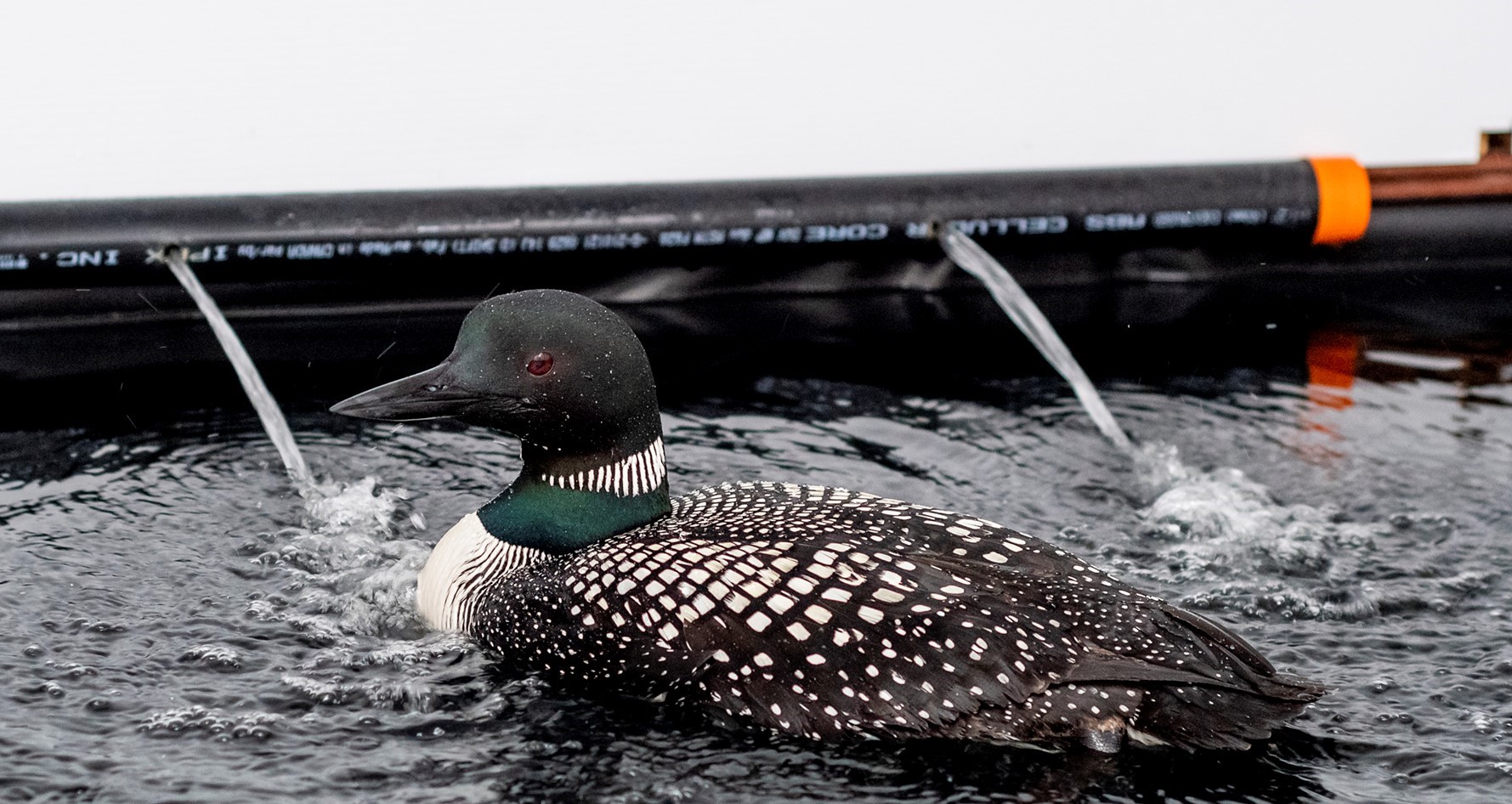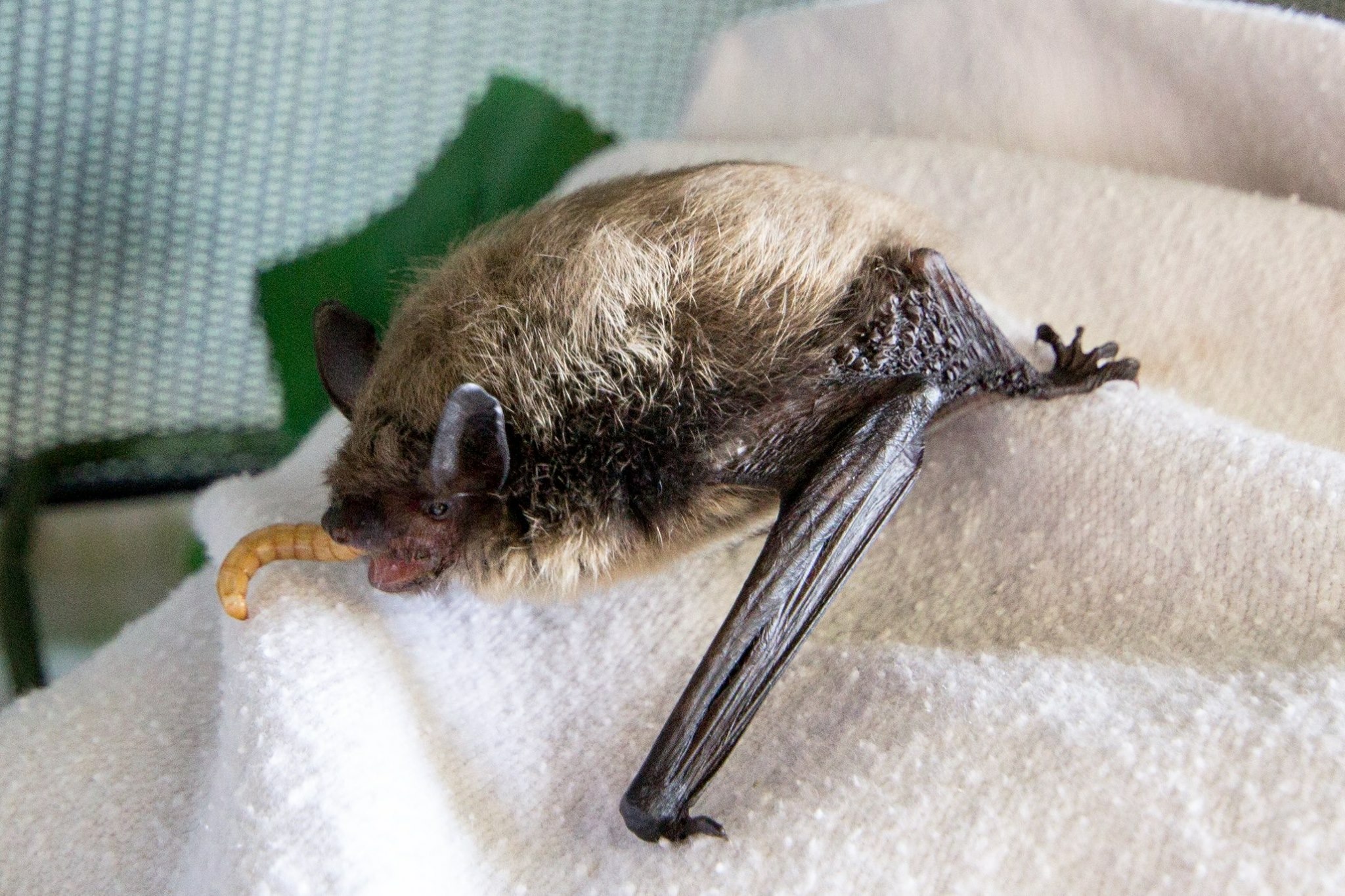
Facts About Feathers & How We Help
By Sydney Nelson Birds are ubiquitous on Earth: they inhabit every continent and every ecosystem, from tundra to desert and wetland to rainforest. In Alberta

By Sydney Nelson Birds are ubiquitous on Earth: they inhabit every continent and every ecosystem, from tundra to desert and wetland to rainforest. In Alberta

by Jennea Frischke Have you ever thought about what bird tongues look like? They are very different from our tongues. Human tongues are primarily muscular,

by Julia Gaume Birds have a fascinating ability that sets them apart from other animals – their natural capability to keep themselves dry when in

by Carley Goodreau Wind turbines, a mainstay in clean energy generation, have unexpected consequences for wildlife. Sadly, an estimated 47,400 bats are killed by wind

by Katie Grant When you see a rodent, you can almost guarantee they are either gnawing on something or grinding their teeth together. That is

Highly Pathogenic Avian Influenza (HPAI) has been detected in Alberta, as well as many other provinces across Canada. “Avian Influenza: Avian influenza is a contagious

By Cassidy Taylor, AIWC summer staff member and volunteer “Every individual matters. Every individual has a role to play. Every individual makes a difference.” Jane

By Robyn Maerz If it wasn’t for a very hungry merlin and an extremely lucky red-breasted nuthatch, I might never have gotten involved in volunteering

Learn how we care for feathers at AIWC!

The little brown bat, or Myotis lucifugus is the most common bat in Alberta. Aptly named for its size and colour, the little brown bat
Charitable Registration #: 14041 6140 RR0001
Website Design by Konstruct Digital
© Copyright 2025 AIWC